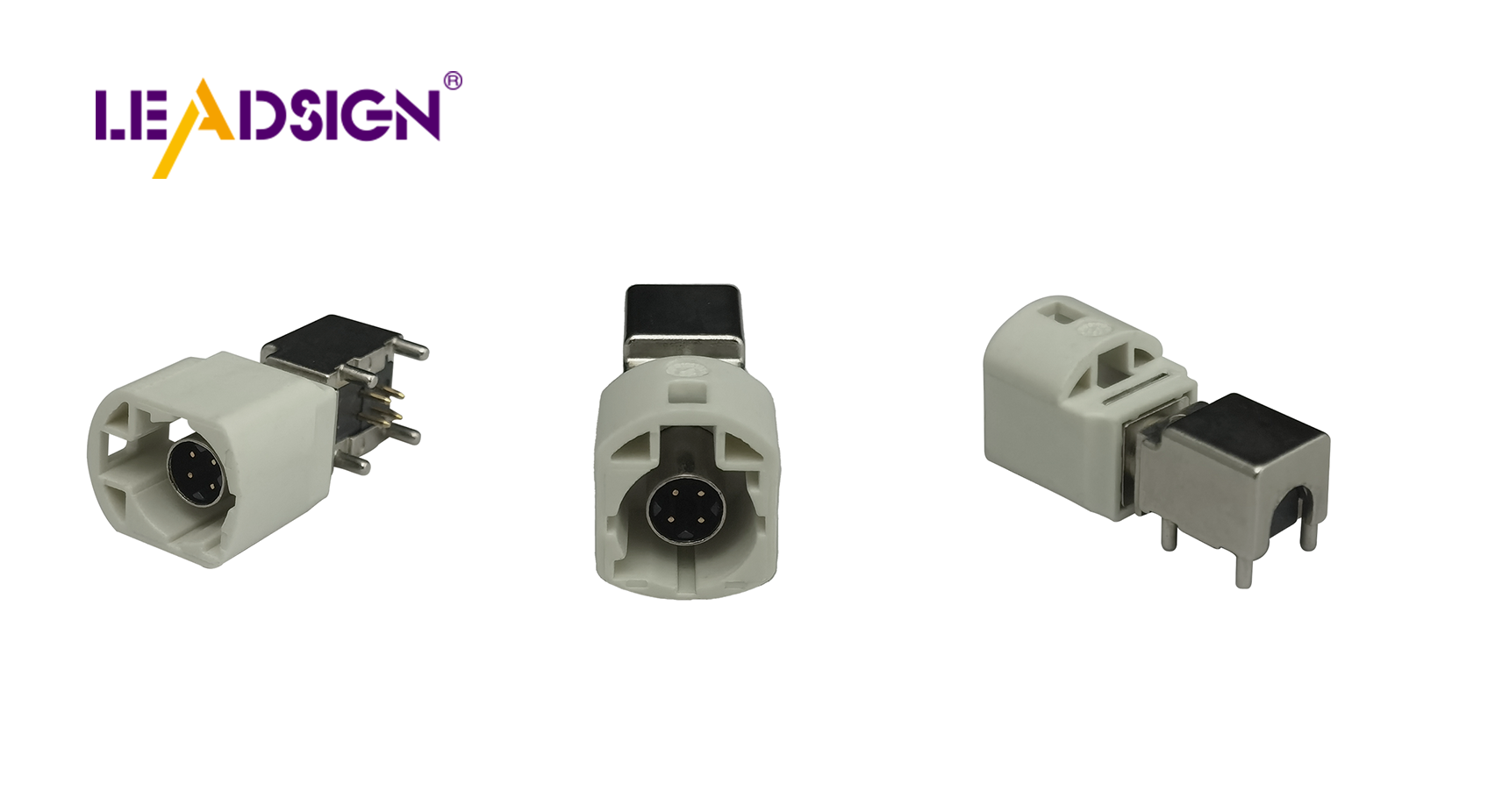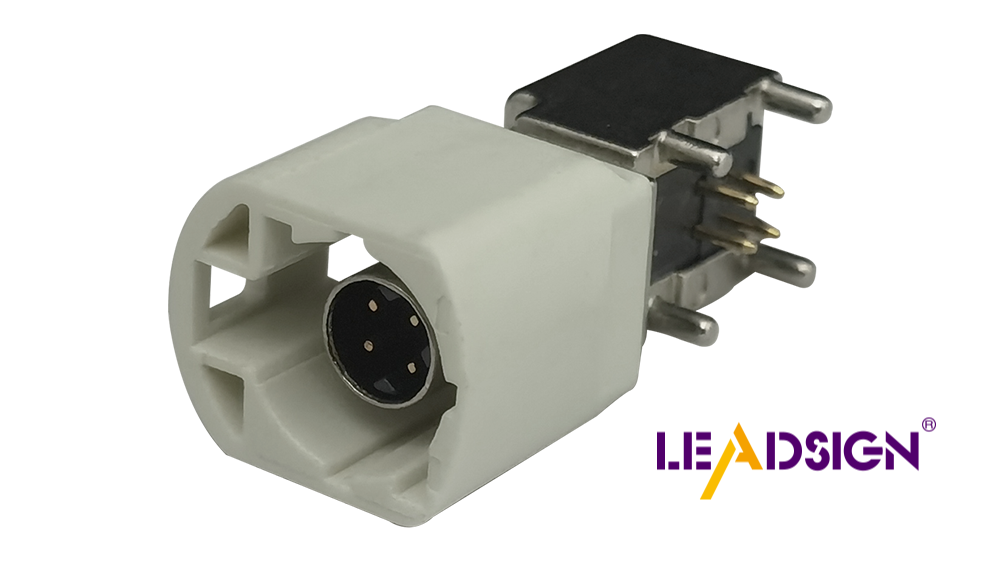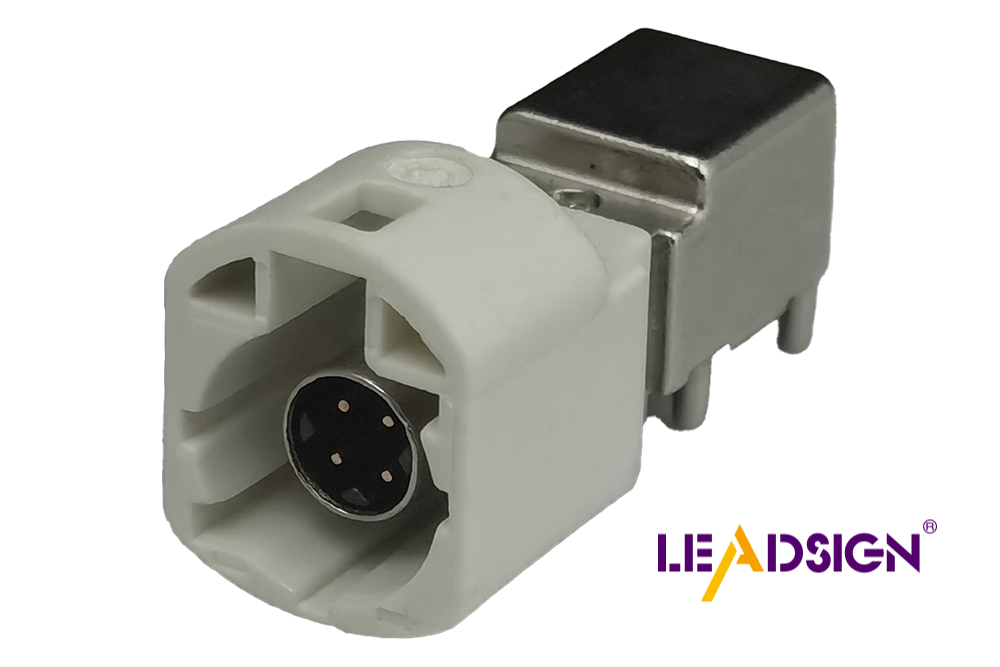Why Choosing the Right Automotive Electrical Connectors Types Matters

Automotive electrical connectors play a crucial role in modern vehicles. They facilitate communication between various electronic components, ensuring seamless operation. These connectors are designed to withstand harsh conditions such as high temperatures, vibrations, and moisture, which can otherwise lead to issues like rust and damage, compromising vehicle safety. Selecting the appropriate automotive electrical connectors types minimizes these risks, ensuring optimal performance and safety of cars. Rigorous testing helps identify potential weaknesses in connectors, enabling manufacturers to enhance vehicle safety and efficiency. Therefore, choosing the right automotive electrical connectors types is essential for vehicle integrity.
Understanding Automotive Electrical Connectors Types

Automotive connectors are key to a car's electrical system. They let power and signals move smoothly between parts. Knowing the different connector types helps choose the right one for each job.
Common Automotive Electrical Connectors Types
Blade Connectors
Blade connectors, or spade connectors, are common in cars. They have a flat metal piece that fits into a slot. This makes them easy to connect and disconnect, great for frequent maintenance.
Pin Connectors
Pin connectors have pins that go into sockets. They make strong connections and are used where reliability is important, like in engine control units.
Butt Connectors
Butt connectors join two wires together. They are tube-shaped and need crimping to hold tight. They're used for permanent connections, like in wiring harnesses.
Materials and Construction of Connectors
The materials of automotive connectors affect how well they work and last.
Metal Types
Connectors use metals like copper, brass, or aluminum. Copper conducts well; brass is strong; aluminum is light and cheap.
Insulation Materials
Insulation keeps connectors safe from moisture and heat. PVC is cheap; nylon resists wear; silicone handles high heat well.
Connector Ratings and Standards
Knowing connector ratings ensures safety and fit.
Current and Voltage Ratings
Connectors have limits on current and voltage they can take. Choosing the right rating stops overheating or failure.
Industry Standards
Standards by groups like IEC or SAE ensure good performance under different conditions.
Things to Think About When Picking Connectors
Picking the right car connectors is important. You need to think about many things. This makes sure they work well and keep the car safe.
Weather Conditions
Cars face tough weather. Connectors must handle these to work well.
Heat Resistance
Connectors in cars get very hot. Heat can break them. So, choose ones that resist heat. Silicone is good for this because it lasts long.
Water and Rust Protection
Water can cause rust, which weakens connectors. Strong insulation like PVC or nylon stops water damage. This helps connectors last longer in cars.
Power Needs
Power performance matters when picking connectors. The right one moves power and signals well.
Power Handling
Connectors must take power without getting too hot. Each has limits on current and voltage. Pick ones that fit your system's needs to avoid problems.
Signal Clarity
Clear signals are key for parts to talk in cars. Connectors should have low resistance for clear signals. If resistance is too high, signals won't pass well.
Physical Needs
Physical traits affect how easy connectors are to use and last.
Strength and Life Span
Connectors should handle bumps and shakes in cars. Strong materials make them last longer, so you don't replace them often.
Easy Setup
Easy setup saves time and avoids mistakes. Features like crimping help quick setup, making sure connections are strong.
Picking the right car connectors means thinking about all these things carefully. By looking at weather, power, and physical needs, you ensure they work well, keeping the car safe and efficient.
Consequences of Choosing the Wrong Connectors

Picking wrong car connectors can cause big problems. These issues hurt how cars work and make them unsafe. They also cost more to fix.
Performance Issues
Power Loss
Wrong connectors can cause power loss. Bad connections raise resistance, dropping voltage. This means not enough power gets to important parts. Lights, radios, and engines might not work well or stop working. Using the right connectors keeps power flowing and cars running well.
Signal Interference
Bad connectors mess up signals too. Cars need clear signals for parts to talk. Wrong ones add noise, messing up signals. GPS, sensors, and other systems might give wrong info or break down. Right connectors keep signals clear and systems working.
Safety Hazards
Short Circuits
Wrong connectors increase short circuit risks. Bad fits let water and dirt in, causing shorts that damage parts. Shorts are dangerous; they can stop brakes or airbags from working. Good connectors fit tight, stopping these dangers.
Fire Risks
Fire risks go up with bad connectors. Poor fits make heat that can start fires near flammable stuff. Right connectors lower fire chances by staying cool.
Increased Maintenance Costs
Frequent Repairs
Wrong connectors need fixing often because they wear out fast. This costs more money and time since cars can't be used while being fixed.
Replacement Costs
Bad connectors mean more replacements needed, raising costs again. Broken parts linked to bad ones also need changing sometimes. Picking good connectors saves money over time by lasting longer.
In short, choosing the right car connectors is key for safe and cheap car care.
Choosing the right car connectors is very important. It keeps cars safe and working well. Good connectors make cars run better and save money. They stop problems like losing power or bad signals. This helps parts work right. Quality connectors mean fewer repairs and less need to buy new ones often. Picking the best connectors makes car systems smaller and lighter. This makes them easier to use. It also makes cars perform better, keeping drivers happy and safe.
See Also
Significance of HSD Connectors in Automotive Sector
The Significance of Fakra Connectors in Contemporary Cars
The Significance of Fakra Connectors in Auto Sector

